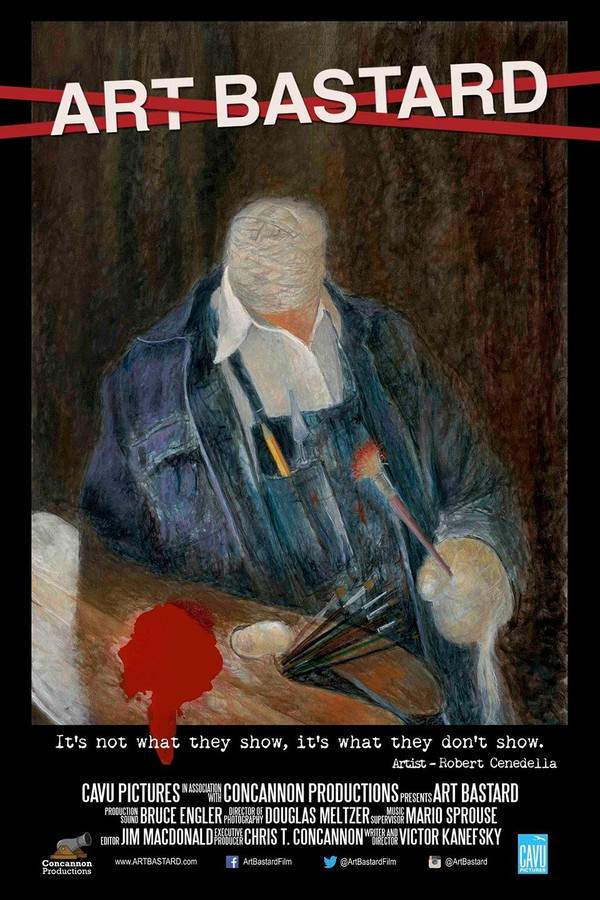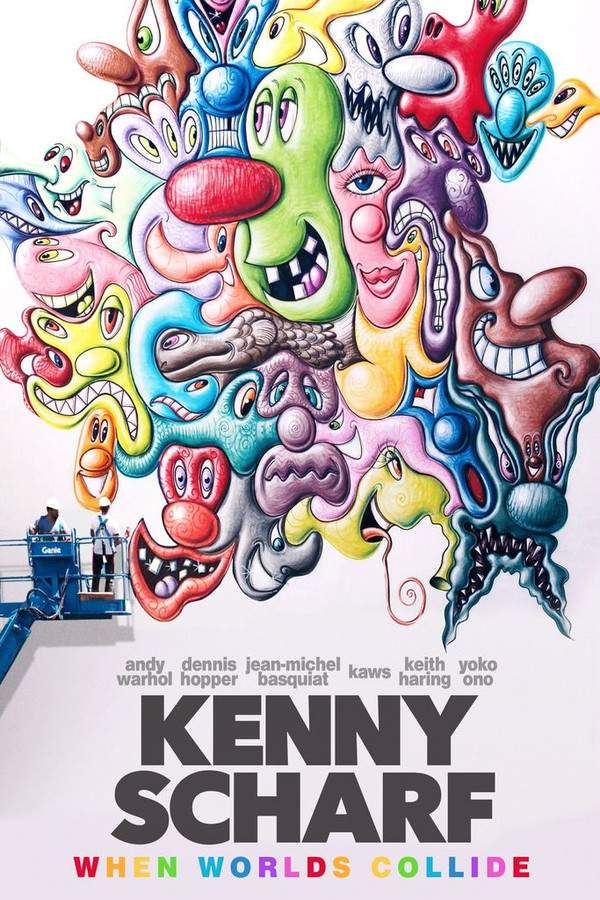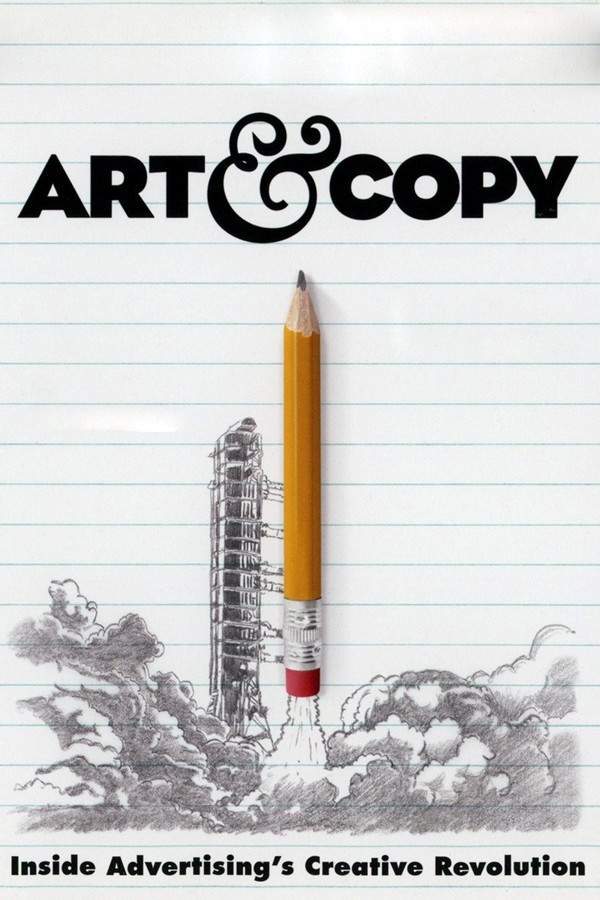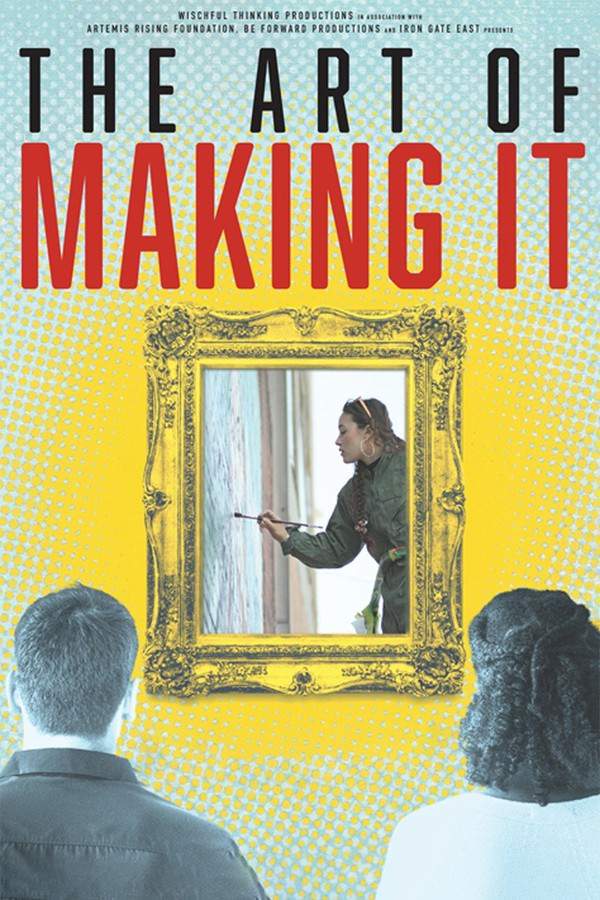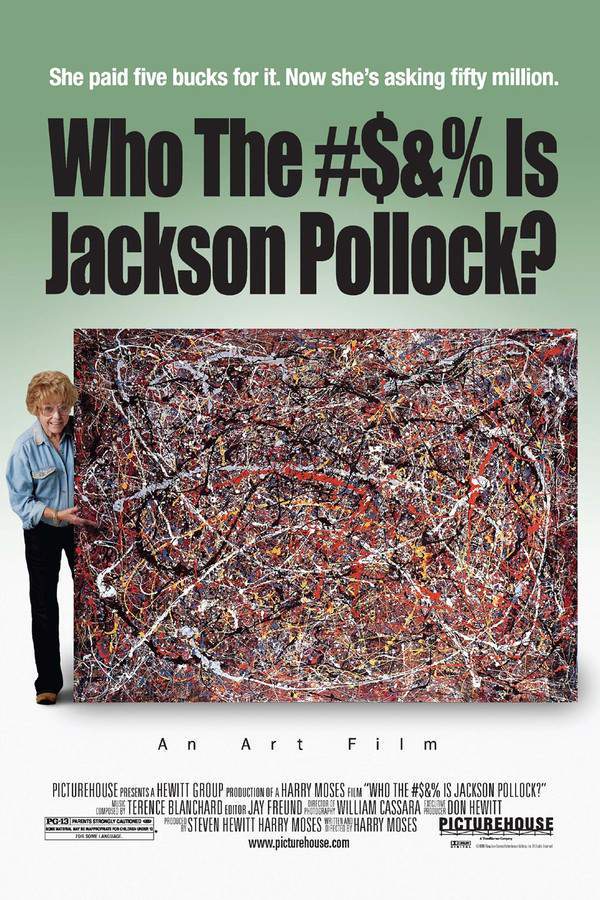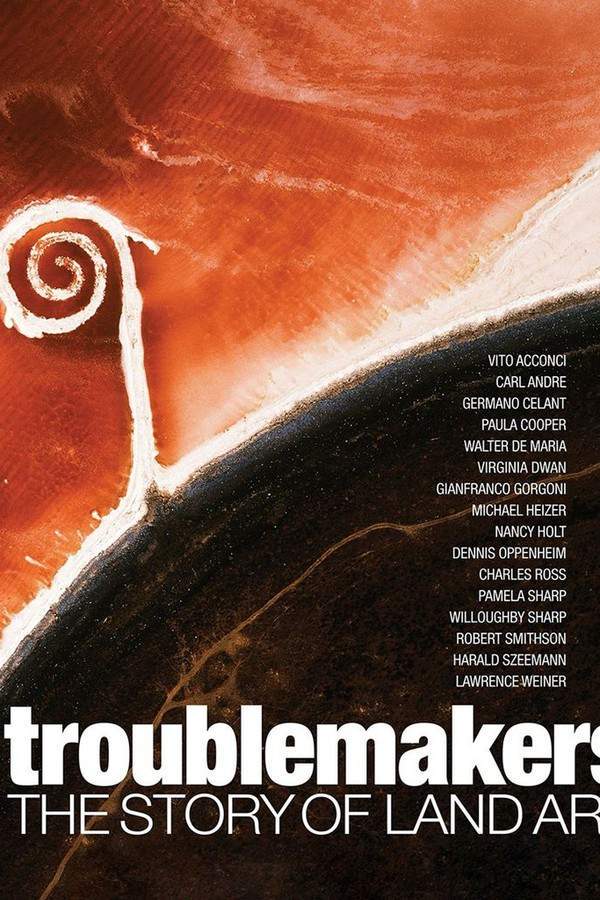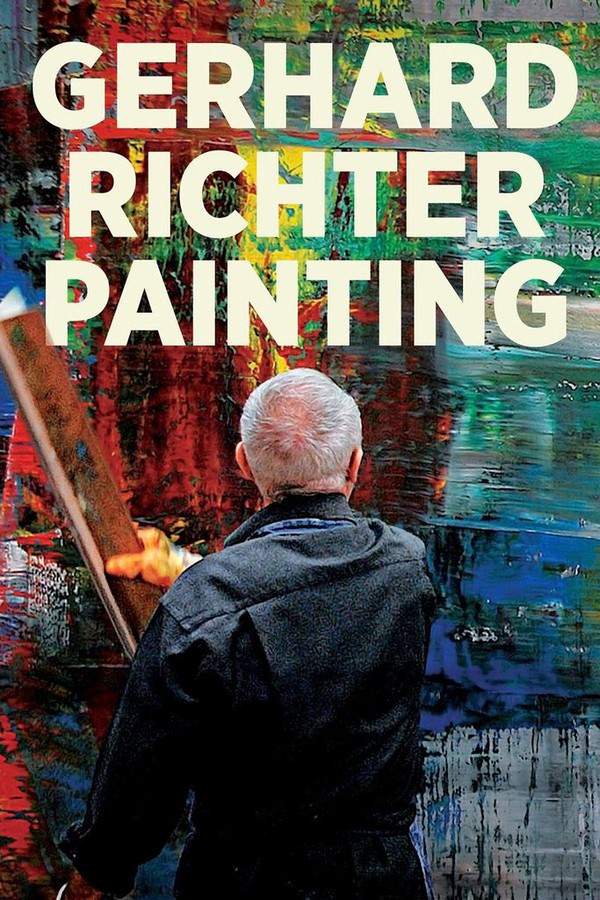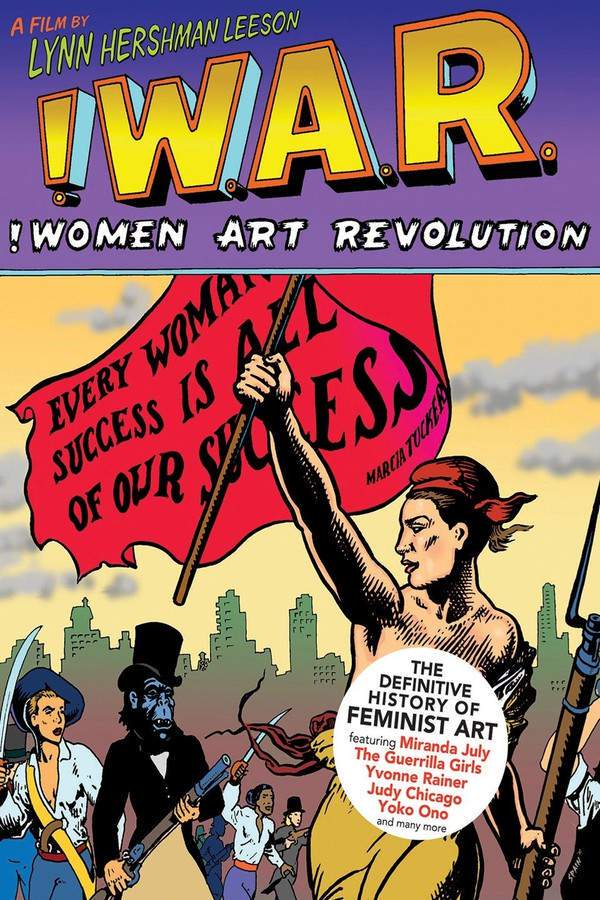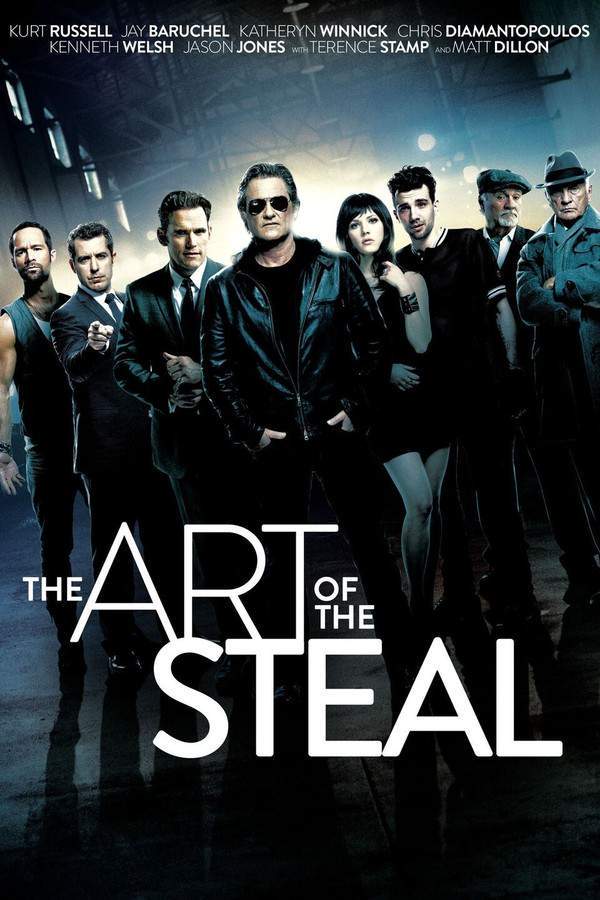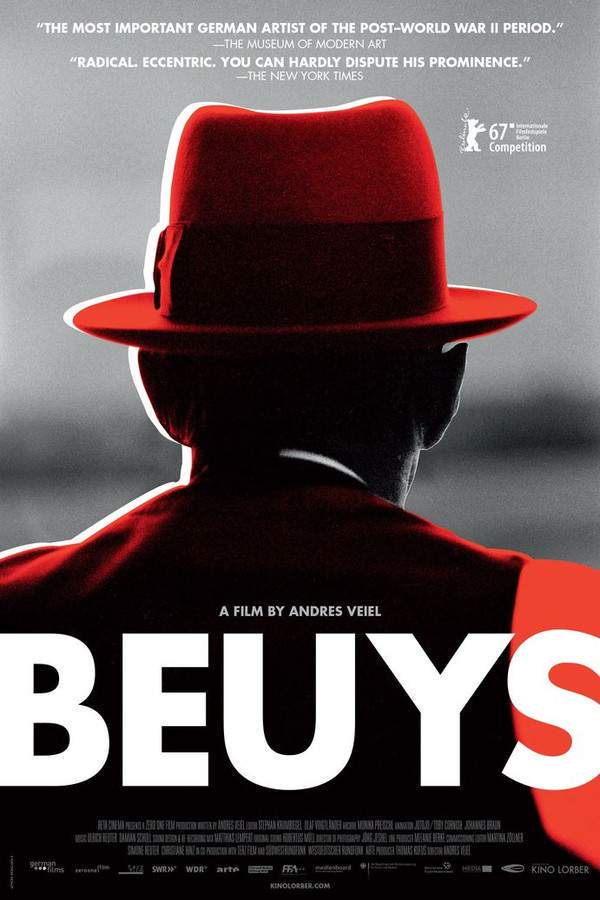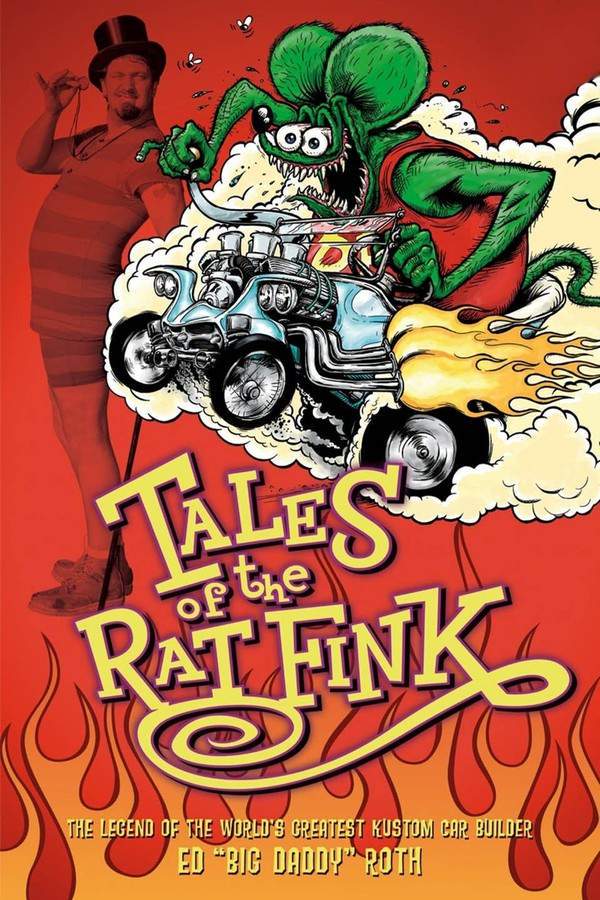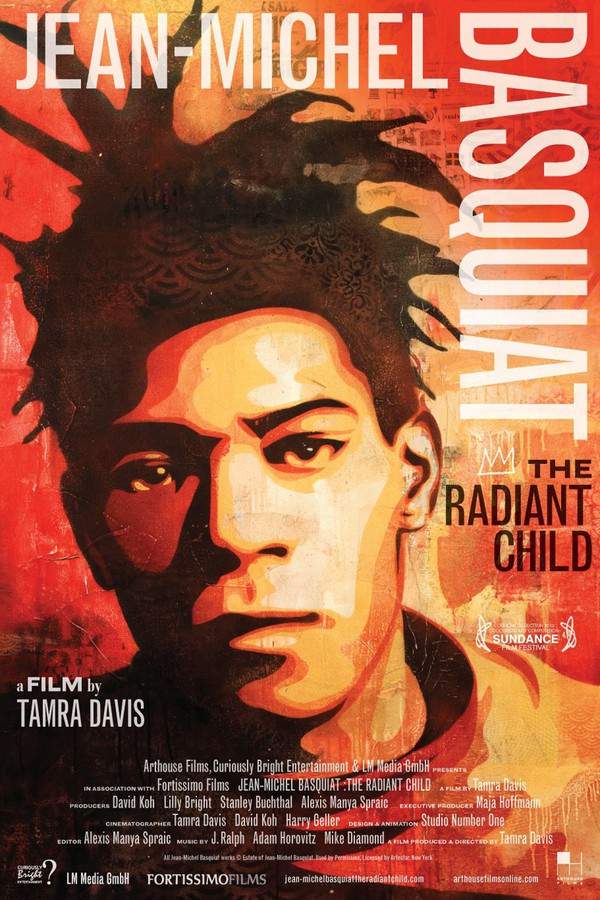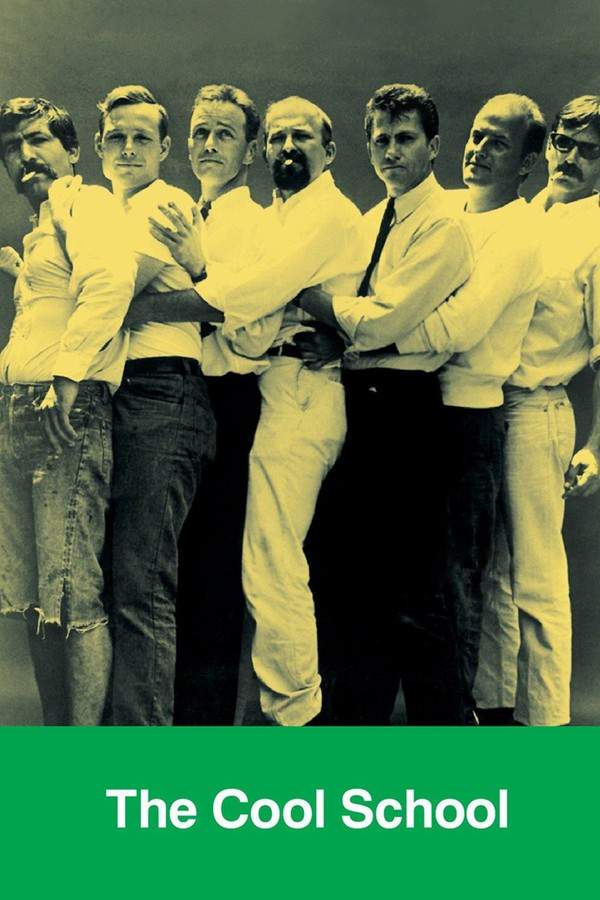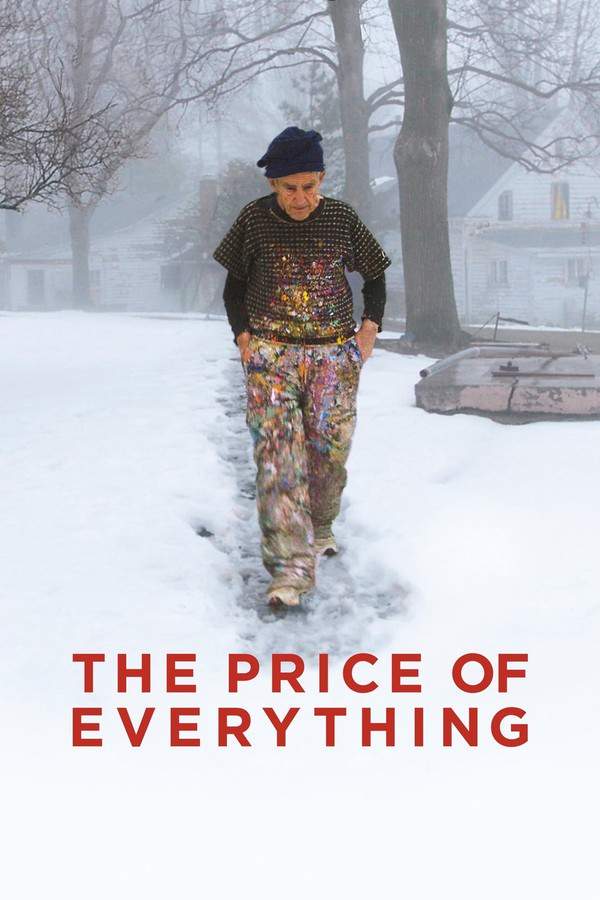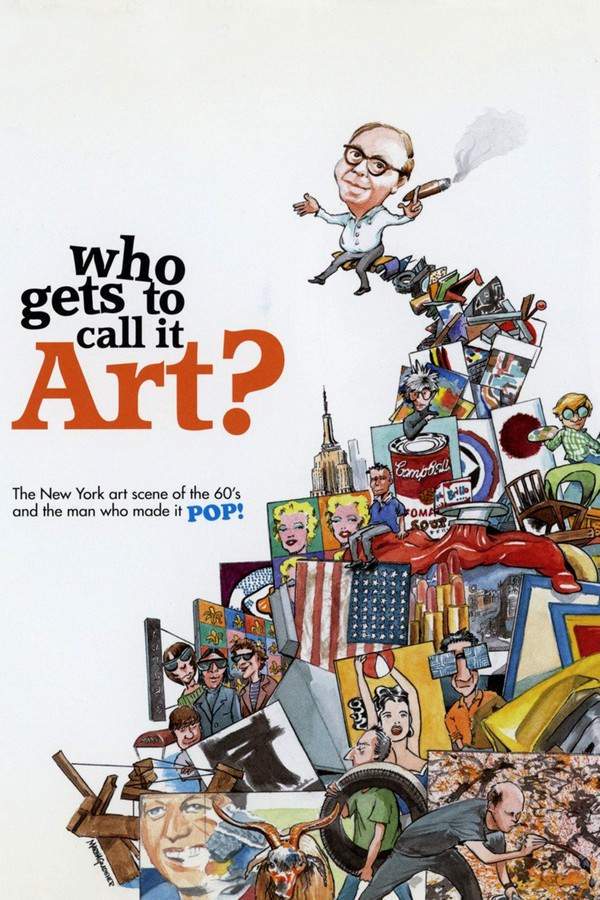
Who Gets to Call It Art?
Year: 2006
Runtime: 78 min
Language: English
Director: Peter Rosen
This documentary explores the career of Henry Geldzahler, a pivotal figure who challenged artistic conventions and championed the rise of Pop Art. The film follows his journey from curating a groundbreaking exhibition at the Metropolitan Museum of Art to passionately advocating for the recognition of artists like Andy Warhol and Roy Lichtenstein within the broader cultural landscape. It examines his impact on the art world and his role in reshaping perceptions of what constitutes art.
Warning: spoilers below!
Haven’t seen Who Gets to Call It Art? yet? This summary contains major spoilers. Bookmark the page, watch the movie, and come back for the full breakdown. If you're ready, scroll on and relive the story!
Timeline – Who Gets to Call It Art? (2006)
Trace every key event in Who Gets to Call It Art? (2006) with our detailed, chronological timeline. Perfect for unpacking nonlinear stories, spotting hidden connections, and understanding how each scene builds toward the film’s climax. Whether you're revisiting or decoding for the first time, this timeline gives you the full picture.
Last Updated: October 25, 2024 at 11:35
Unlock the Full Story of Who Gets to Call It Art?
Don't stop at just watching — explore Who Gets to Call It Art? in full detail. From the complete plot summary and scene-by-scene timeline to character breakdowns, thematic analysis, and a deep dive into the ending — every page helps you truly understand what Who Gets to Call It Art? is all about. Plus, discover what's next after the movie.
Who Gets to Call It Art? Summary
Read a complete plot summary of Who Gets to Call It Art?, including all key story points, character arcs, and turning points. This in-depth recap is ideal for understanding the narrative structure or reviewing what happened in the movie.

Characters, Settings & Themes in Who Gets to Call It Art?
Discover the characters, locations, and core themes that shape Who Gets to Call It Art?. Get insights into symbolic elements, setting significance, and deeper narrative meaning — ideal for thematic analysis and movie breakdowns.

Similar Movies to Who Gets to Call It Art?
Discover movies like Who Gets to Call It Art? that share similar genres, themes, and storytelling elements. Whether you’re drawn to the atmosphere, character arcs, or plot structure, these curated recommendations will help you explore more films you’ll love.
Explore More About Movie Who Gets to Call It Art?
Who Gets to Call It Art? (2006) Plot Summary & Movie Recap
Who Gets to Call It Art? (2006) Scene-by-Scene Movie Timeline
Who Gets to Call It Art? (2006) Spoiler-Free Summary & Key Flow
Movies Like Who Gets to Call It Art? – Similar Titles You’ll Enjoy
Art Bastard (2016) Full Summary & Key Details
Kenny Scharf: When Worlds Collide (2021) Film Overview & Timeline
Art & Copy (2009) Full Summary & Key Details
The Art of Making It (2022) Complete Plot Breakdown
Who the #$&% Is Jackson Pollock? (2006) Story Summary & Characters
The Universe of Keith Haring (2008) Complete Plot Breakdown
Troublemakers: The Story of Land Art (2016) Plot Summary & Ending Explained
Gerhard Richter - Painting (2012) Ending Explained & Film Insights
!Women Art Revolution (2011) Plot Summary & Ending Explained
The Art of the Steal (2010) Spoiler-Packed Plot Recap
Beuys (2018) Story Summary & Characters
Tales of the Rat Fink (2006) Movie Recap & Themes
Jean-Michel Basquiat: The Radiant Child (2010) Film Overview & Timeline
The Cool School (2008) Ending Explained & Film Insights
The Price of Everything (2018) Plot Summary & Ending Explained



